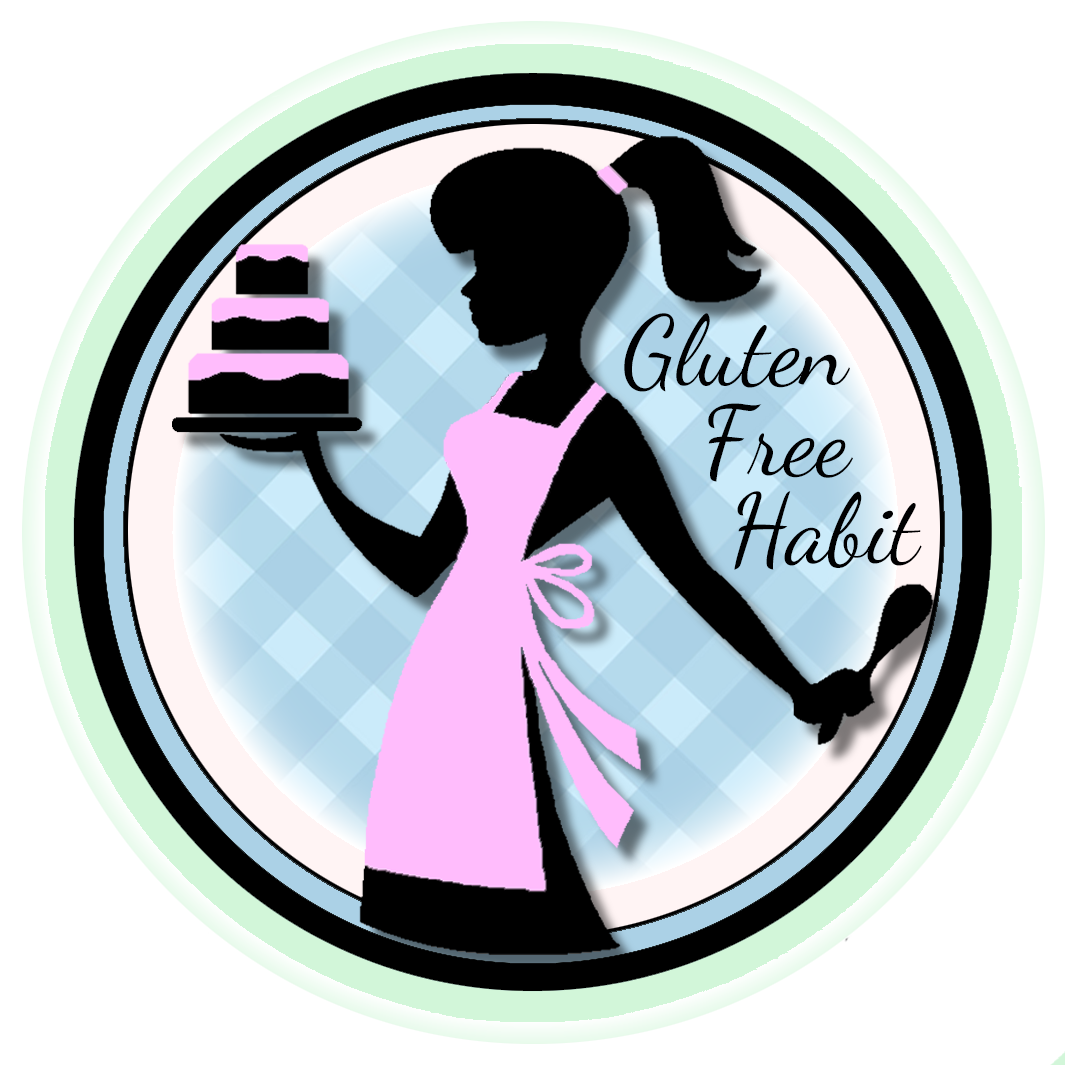Seriously…What is It?
Gluten is a protein composite (of gliadin and glutenin) found in wheat, barley, rye, and triticale (a cross between wheat and rye). Oats do not naturally contain gluten but can become cross-contaminated (more on that down below). Gluten is Latin for "glue", which makes a lot of sense because gluten is what gives bread dough the elastic quality that helps breads rise, and it gives them a wonderful chewy texture (as in pizza dough). Without gluten, things tend to get a little crumbly. (Don't worry though, there are substitutes for gluten that work amazingly well).
Need a Laugh?
This video never gets old at my house! Jimmy Kimmel nails it with this "What is Gluten" survey.
Notes About Oats
Oats themselves do not naturally contain gluten, but they can become cross-contaminated during growing, harvesting, and processing. Some oats, however, are grown and processed separately, and are gluten-free. Look for oats labeled as Certified Gluten Free.
Where is Gluten Found?
Gluten is found in wheat, barley, rye, cross-contaminated oats, and anything made with gluten-containing flours or ingredients. These include, but are not limited to:
wheat in any form
barley in any form
rye in any form
oats (if not certified GF)
bread flour
bleached flour
Durum wheat flour
Einkorn
Emmer
Farina flour
Graham flour
Kamut flour
Semolina flour
Spelt flour
Faro
Bulgur
Wheat germ flour
Wheat bran
White flour
Whole wheat flour
triticale (a cross between wheat and rye
Is Gluten Hiding Anywhere Else?
YES! Okay, so you know to look for the obvious sources of gluten, but sometimes gluten-containing sources are not so obvious. When reading nutrition labels, check also for (and avoid) any of these:
wheat starch
Matzo, matzo meal
Modified wheat starch
Hydrolyzed wheat starch
Hydrolyzed wheat protein
Oats (in any form unless Certified GF)
secale cereale (rye)
malt (malt is made from barley)
malt flavoring
malt vinegar
malted barley flour
malted milk
malt syrup
malt extract
Oat flour (unless made with Certified GF oats)
Oat bran (unless made with certified GF oats)
Triticum spelta (spelt)
Triticum vulgare (wheat)
Hordeum vulgare (barley)
Brewer's yeast
This is not an exhaustive list by any means. It is just a sampling of some of the gluten-containing ingredients to beware of.
Some Helpful Tips:
Remember that if something says that it's WHEAT FREE, this doesn't necessarily mean that it's also gluten-free. It certainly could contain gluten from other gluten sources like barley, rye, triticale, cross-contaminated oats, etc.
Manufacturers frequently change ingredients in products, so always check labeling, even on foods you have used safely in the past. If you are not sure if the product is safe, call the manufacturer. A phone number for the customer service department is usually posted on the packaging or online, and I have found that they are usually very helpful.
Even if a food seems as though it OBVIOUSLY would be gluten free, it doesn't mean that it is (like some chicken patties at restaurants or some potato chips). Many times foods start out as naturally gluten free, but they are preserved/filled/cross-contaminated/prepared in such a way that they are no longer gluten free by the time they get to you, the grocery store, or your table at the restaurant. Always use caution by reading labels, asking the chef, or calling the manufacturer to find out.
Just a few examples of everyday items that may contain gluten are:
Lipstick, lip gloss, lip balm, Play-Dough, lotions, shampoo, makeup, medications, envelope glue, and vitamins.


